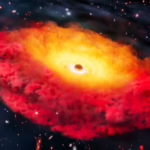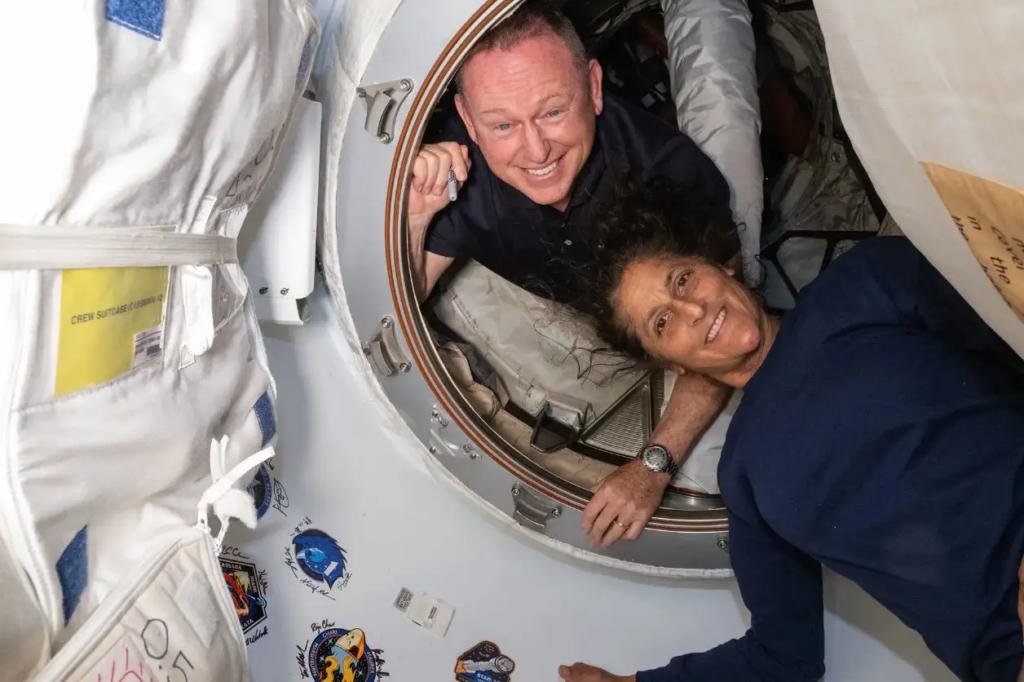- Hubble Space Telescope captures the most detailed imagery yet of comet 3I/ATLAS, illuminating its dust plume and tail structure.
- The comet, the third-ever interstellar visitor, poses no collision threat but offers rare insights into materials from beyond our solar system.
- Observations refine its estimated nucleus size (up to 3.5 miles / 5.6 km) and emphasize its scientific value in unraveling cosmic history.

A Cosmic Visitor in Stunning Detail
Late this week, astronomers unveiled the most detailed image yet of comet 3I/ATLAS, an interstellar traveler passing through our solar system. Captured by the Hubble Space Telescope, the image showcases the comet’s characteristic teardrop-shaped dust plume trailing a faint tail, revealing the icy body’s structure with unprecedented clarity.
Discovered less than two months ago by the ATLAS survey in Chile, 3I/ATLAS—officially designated C/2025 N1—is only the third confirmed interstellar object ever observed entering our celestial neighborhood, following ʻOumuamua (2017) and Borisov (2019). Its hyperbolic trajectory confirms it is not gravitationally bound to the Sun, underscoring its extraterrestrial origin.
At the time Hubble captured its image, the comet was approximately 277 million miles (446 million kilometers) away from Earth. Long-exposure imaging refined the estimate of its nucleus, narrowing it to no larger than 3.5 miles (5.6 kilometers) across and potentially as small as 1,000 feet (320 meters).
A Glimpse into Another Star System
3I/ATLAS offers a rare and compelling glimpse into the building blocks from another star system. Each interstellar object carries the chemical signatures and dust-rich remains of its origin environment, offering powerful clues to the diversity of planetary formation beyond our Solar System. The level of detail achieved in the Hubble imagery opens new windows into analyzing grain structure, outgassing behavior, and compositional makeup.
“Each time we spot and image an interstellar object, it’s like receiving a postcard from another star,” says one astronomer involved in comet observations. The latest picture adds a new, crisp chapter to that story.
Why 3I/ATLAS Matters
- Rare Opportunity
Discovering even one interstellar object is extraordinary; capturing such a detailed image of it is unprecedented, leaving researchers eager to analyze its dust dynamics, activity levels, and composition. - Advancing Planetary Science
Studying such visitors helps refine models of comet formation and behavior, particularly how icy bodies evolve in interstellar space before entering the Sun’s domain. - Public Engagement
Amid growing interest in exoplanets and cosmic exploration, striking visuals like this serve to engage public curiosity and stimulate support for deep-space missions.
Looking Ahead: What Comes Next?
- Continued Monitoring: Observatories worldwide, including ground-based telescopes, will track 3I/ATLAS as it moves deeper into space, possibly capturing changes in tail morphology or activity.
- Spectroscopic Analysis: Measuring its composition—such as volatile gases and dust grain minerals—could reveal whether it resembles comets from our solar system or diverges entirely.
- Future Missions: While direct missions to interstellar objects are not yet feasible, the data gathered from 3I/ATLAS will inform the design of potential flyby probe missions in the future.
Closing Thoughts
Hubble’s striking image of 3I/ATLAS offers more than just visual flair; it transports us to the frontier of our cosmic understanding. This fleeting visitor, born beyond our Sun’s influence, carries clues and stories waiting to be decoded. As it sails away, it leaves behind an imprint on human curiosity—and a renewed sense of wonder about the vast narratives unfolding across the stars.





